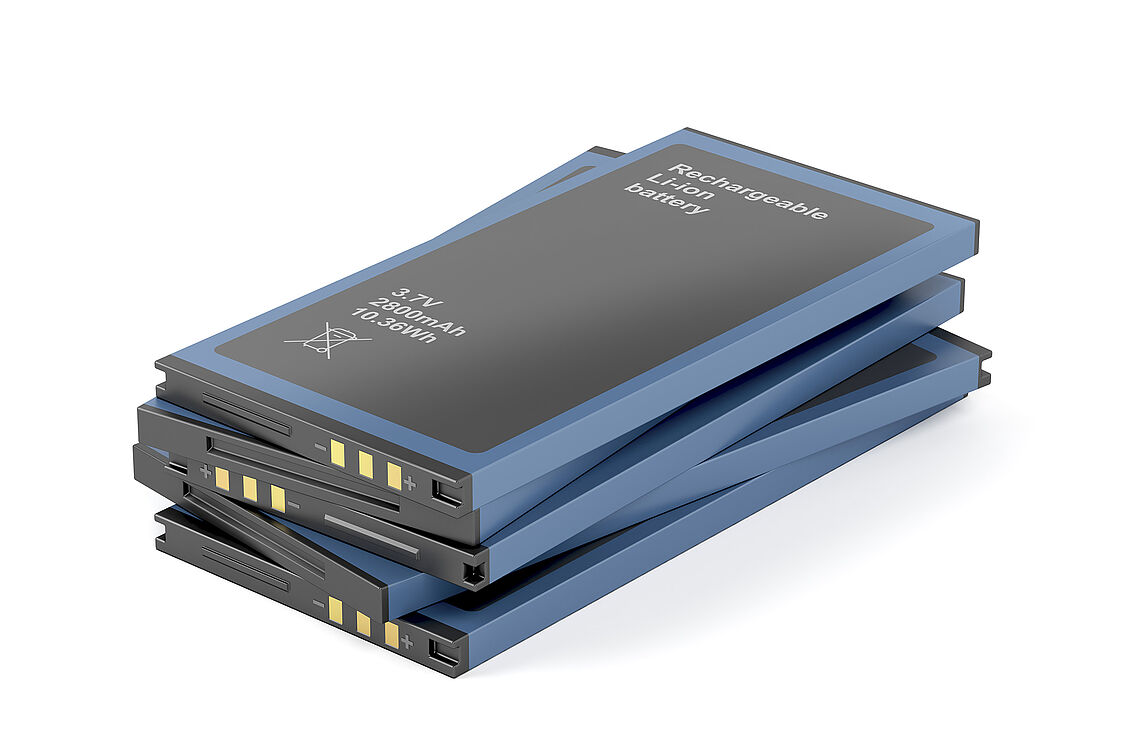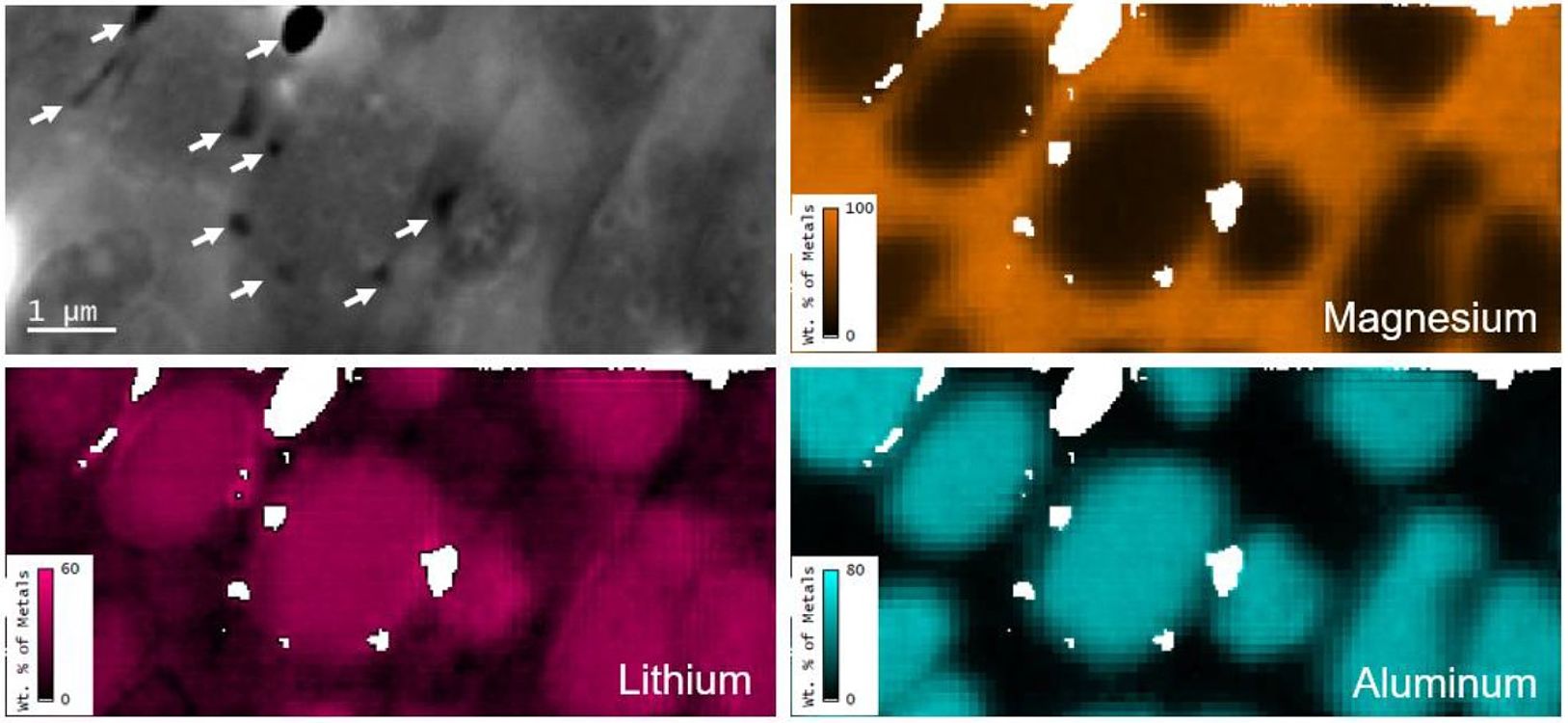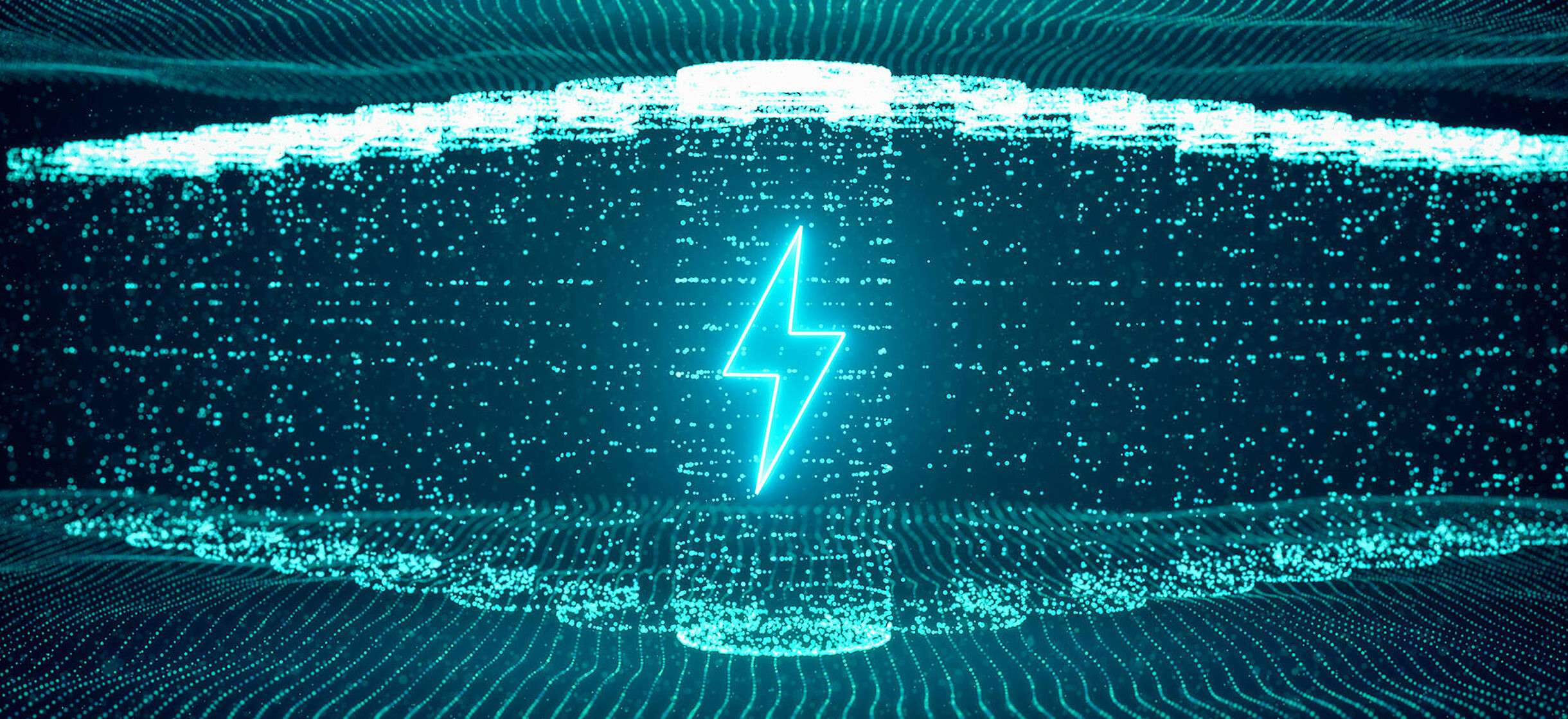At the LKR Light Metal Competence Center in Ranshofen, a process has been developed that significantly simplifies the detection of lithium - an important element in the battery and materials sector. Together with a US group, the process is already being marketed worldwide.
Many of the most important technological and social developments of the 21st century would not have been possible without lithium-ion batteries: Since their market launch in 1991, these batteries have developed into a key technology for operating mobile devices, for all types of electric vehicles and, increasingly, for use in stationary energy storage systems due to their comparatively high energy density and service life. It was only logical that the 2019 Nobel Prize in Chemistry was awarded to three lithium battery researchers. But lithium also plays an important role in other technological fields, such as super-light structural alloys for aerospace.

The lithium-ion battery has become one of the most important technologies in our everyday lives: Without it, mobile communications would not be possible, nor would electric mobility. © Getty Images
Lithium is difficult to detect
In the further development of lithium materials for the various applications, however, the researchers have a problem: Until now, there has been no simple method in practice for the spatially resolved determination of the lithium content at the microscopic level. This information is important for developing or further optimizing materials with desired properties. In the case of lithium, researchers are, so to speak, groping in the dark.
Typically, an electron microscope equipped with a detector for energy dispersive X-ray spectroscopy (EDS) is used to determine distribution profiles and maps of elements. As the electron beam scans the sample in nanometer steps, a chemical spectrum is recorded for each point, providing information about the composition. From this, it is possible to create pictorial representations of the element distribution, known as maps.
The problem with lithium is that, as the lightest solid element (atomic number in the periodic table of the elements: 3), it cannot be detected with conventional EDS detectors. Although lithium atoms also emit characteristic X-rays when excited, these are so low energy that they cannot be detected. Consequently, when creating an EDS map of a sample containing lithium, only the other elements are mapped, but lithium itself is "invisible." Although alternative methods have been proposed in the scientific literature to quantify lithium as well, these require special equipment and are therefore very complex and expensive.
Combination of two measurement methods
A team led by Johannes Österreicher, Senior Scientist at the LKR Light Metals Competence Center Ranshofen of the AIT Austrian Institute of Technology, has now been able to circumvent these difficulties: They developed a new method for mapping lithium at the microscopic level that can be performed with a standard scanning electron microscope and does not require additional exotic analytical equipment. This combines the EDS method with what is known as quantitative backscattered electron microscopy (qBEI). Backscattered electrons are those electrons from the electron beam in an electron microscope that enter the sample, are deflected by the atomic nuclei, and are scattered back again. The backscattered electrons can be detected and are often used for imaging because areas of different chemical composition appear differently bright.
The AIT team has taken advantage of this effect: using different elemental standards, a calibration of brightness versus atomic number was created to determine the average atomic number of each point on a sample. Combining this information with a conventional EDS measurement, the lithium content for each point can be calculated - even for very small amounts of lithium. "Because of the huge importance of lithium-ion batteries, lithium has become the holy grail, so to speak, of spatially resolved chemical analysis in electron microscopes. With our new method, we have made a decisive step forward," Johannes Österreicher is pleased to report.
![[Translate to English:] Bild von Johannes Österreicher](/fileadmin/_processed_/0/b/csm_Lithium_Bild_2_-_Oesterreicher_Johannes_c_AIT_2a0bf49601.jpg)
Johannes Österreicher, a researcher at the LKR Light Metals Competence Center Ranshofen - part of the AIT Austrian Institute of Technology - has developed a method for lithium detection that does not require expensive special equipment and provides important services in materials research and development.
© AIT

By cleverly combining two standard methods - energy dispersive X-ray spectroscopy (EDS) and backscattered electron microscopy (BSE) - it is now possible to infer the content and distribution of lithium in a sample. Until now, this was only possible with complex special equipment. © AIT
Cooperation with US industry partner
An international patent application was filed for the new method and it was published in the renowned journal "Scripta Materialia". This immediately triggered lively interest from electron microscope manufacturers. Subsequently, AIT entered into a strategic cooperation with the company Gatan from California (USA) to further develop and market the method. Gatan is a leader in electron microscopy and part of the AMETEK Group, which is nearly twice the size of Austria's largest company, OMV, in terms of market capitalization of nearly $32 billion. Initial joint work confirmed the potential of the new method, and a joint poster has already been shown at the Microscopy & Microanalysis 2021 conference. "We at Gatan are very excited about the collaboration and look forward to establishing an expanded cooperation program. Partnering with the AIT team is a privilege and an opportunity for us to support cutting-edge research," said Oleg Lourie, Director of Product Management/SEM at Gatan.

The innovative electron microscopic method developed at AIT can determine and image the distribution of chemical elements in a sample - for example in a lithium-ion battery or in a new material. © AIT
Valuable information for research & development at AIT
At the LKR, the new method for detecting lithium provides valuable services for the further development of high-performance materials such as magnesium-aluminum-lithium alloys, which are of interest for many applications in the mobility sector. Moreover, the new measurement method is very important for the work in AIT's Battery Lab, where lithium-ion batteries are optimized and solid-state batteries of the future are developed. "This new method helps us a lot to realize fundamental innovations for the next generation of sustainable transport technologies," explains Christian Chimani, head of the AIT Center for Low-Emission Transport and managing director of LKR.


